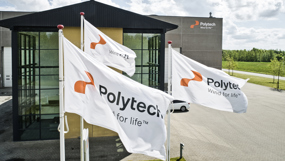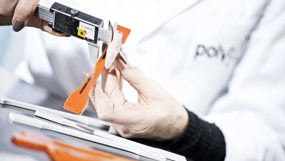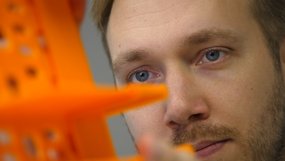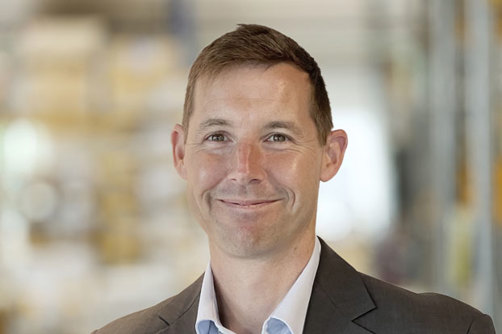Polytech
Standardized and innovative subsea solutions to lower your costs and optimize your logistics, installation, and operational activities
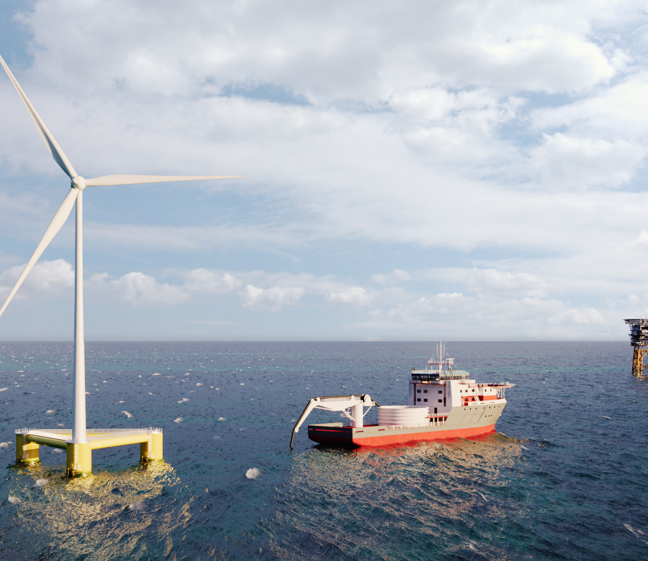
Made for the wind sector
The offshore wind industry has adopted several subsea technologies from the oil and gas sector. These are often not optimized for the renewable setting, which leads to inefficient project delivery and higher project costs than necessary.
When choosing a subsea solution for your offshore turbines, be mindful of these differences. Consider the operational practices, installation methods, and understand how these influence the material behavior.
We are here to help optimize your offshore projects and operations.
When choosing Polytech, you will get…
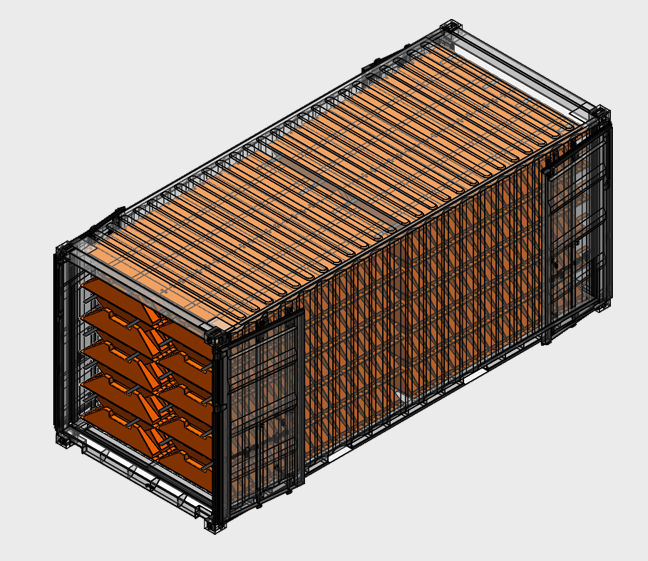
Buoyancy modules for subsea cables
Our flat-packed buoyancy modules can save you significant container space. With these, you can reduce your logistics costs by up to 75% and reduce your carbon footprint.
The patent-pending configuration also reduces installation time on the vessel with up to 80%. You can therefore potentially save days of installation (vessel) time per GW for a floating wind park.
Bend Stiffener Latching Mechanism
Our Bend Stiffener Latching Mechanism (BSLM) allows a fully automatic, simple, and repeatable connection and release to and from the floater. No need for divers, ROV, or resetting components.
You can drive your part cost down as our BSLM connects to a standard flange or bellmouth and can engage with other suppliers’ receptables.
We have removed complexity to make a more robust mechanism that can lower your operating costs and reduce lead time by up to 70%.


Subsea electrodes for HVDC cable links – Simulation & modelling
We offer extensive simulation and modelling of subsea electrodes to help you optimize your project costs.
Using our simulation results, you can optimize the electrodes' design and location, and ensure secure installation. You can also use these results to support the feasibility studies and impact assessments of your HVDC projects.
With our electrical, mechanical, and material expertise, you get a holistic approach to your HVDC projects.
Contact us
Get in touch with our Sales team directly or contact our Business Development Manager Steven Bray to learn more about how our subsea solutions can optimize your operations.
